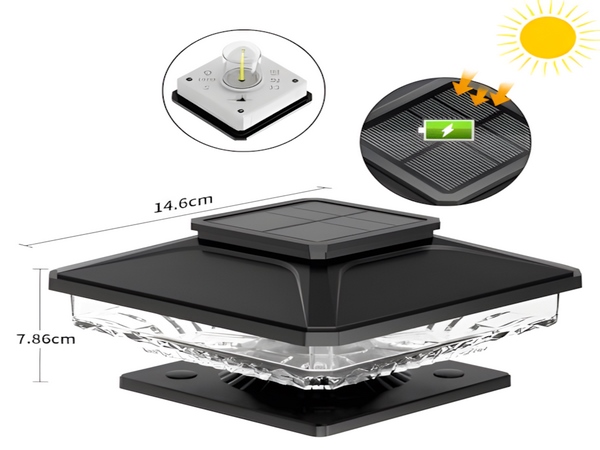

In today’s environment where traditional energy sources are increasingly scarce, solar energy applications are receiving more attention from society. As a new energy source, the rational use of solar energy for power generation is more advantageous compared to other conventional energy sources. So, what are the differences between solar street lights powered by solar energy and LED street lights? To address this question, the editor of Century Sunshine Lighting will introduce the key differences.
1. Energy. Solar street lights use solar energy, whereas traditional street lights typically use electric energy. Solar energy is a renewable resource, making solar street lights energy-efficient and environmentally friendly.

2. Voltage. Solar street lights generally operate on a 12V or 24V system, while traditional street lights use a 220V system. This means solar street lights are relatively safer; even in the event of an electric shock, the risk is minimal.
3. Installation. Solar street lights operate as an independent system and do not require digging trenches for electric cables or laying underground pipelines, which is often a cumbersome process for traditional street lights. If the electric source is far away, the installation can become even more complicated and may pose certain safety risks. Solar street lights can be installed directly and are thus much easier to set up.
4. Light Source. Solar street lights must use LED light sources, while traditional street lights can use either LED sources or high-intensity discharge (HID) lamps.
5. Cost. Solar street lights have more components and higher quality requirements, resulting in a relatively higher cost. Traditional street lights are generally less expensive; however, since solar street lights do not consume electricity, this compensates for their initial cost.
The above differences between solar street lights and LED street lights are shared here. Overall, solar LED street lights offer a one-time investment with long-term benefits. Due to their simple wiring, they incur no maintenance costs and do not contribute to municipal electricity expenses, allowing for cost recovery within a few years.



